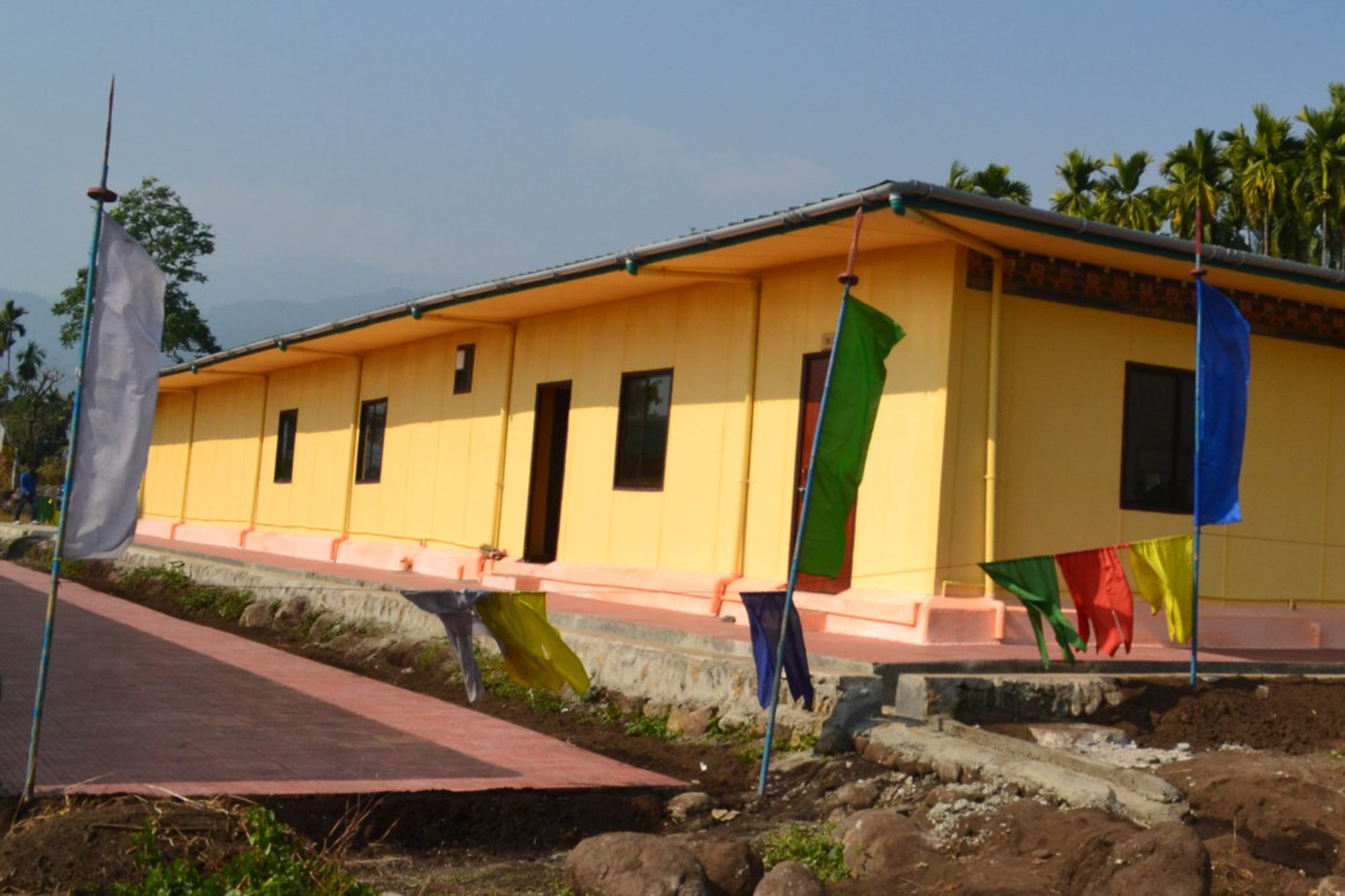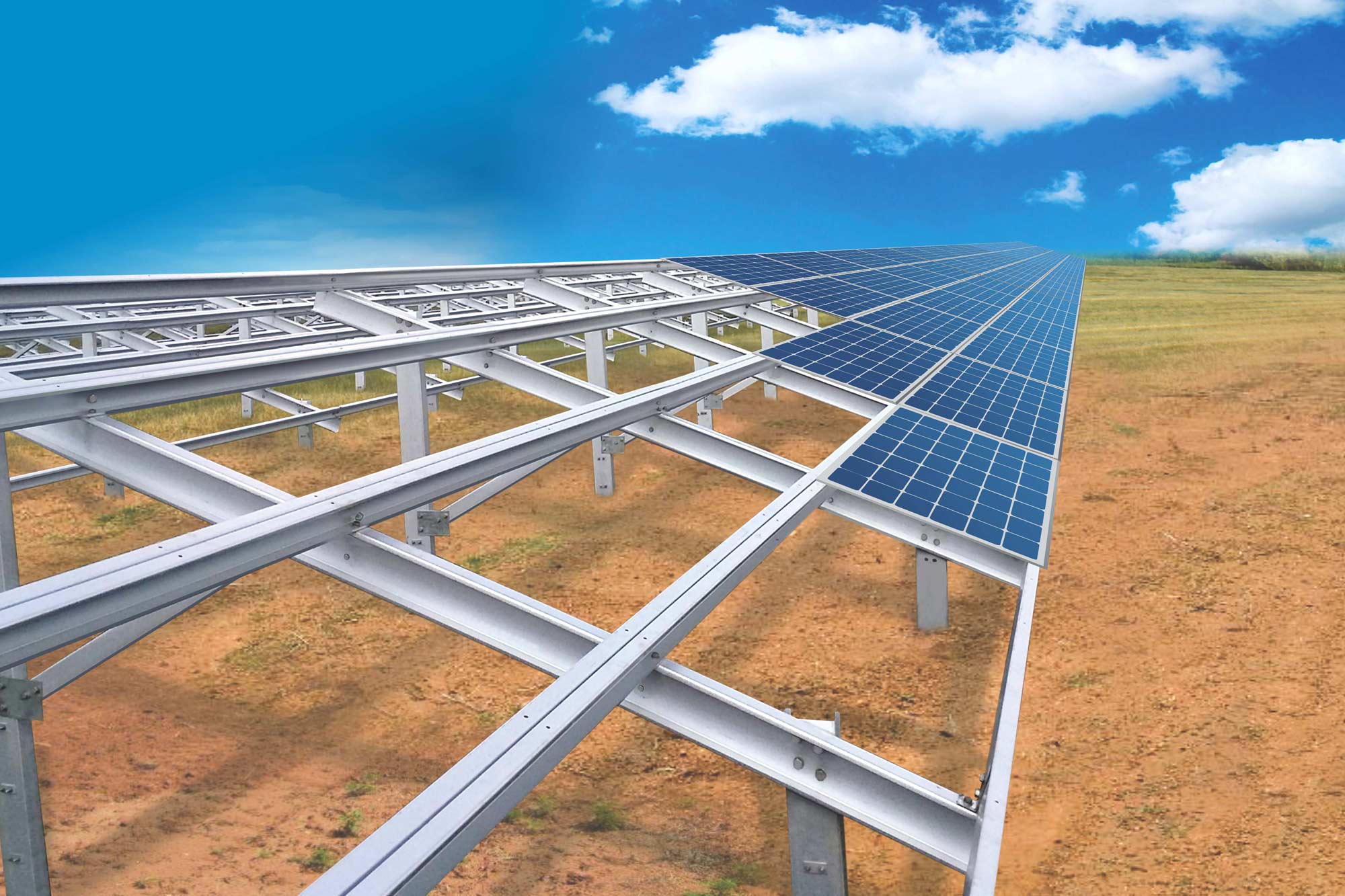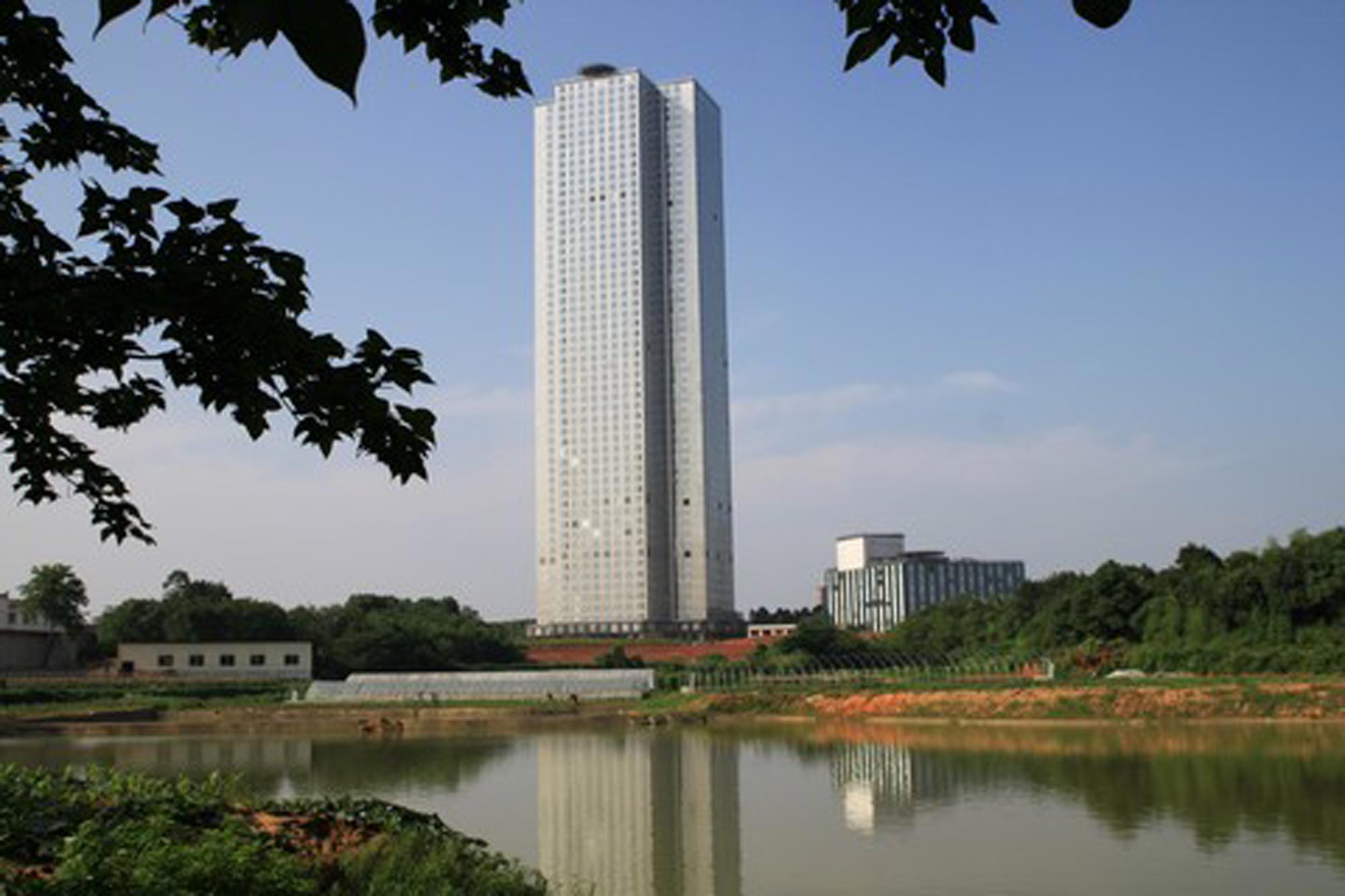Nest-In prefabricated modular structures are 100 per cent recyclable
By Admin | October 29, 2022 11:01 am SHARE
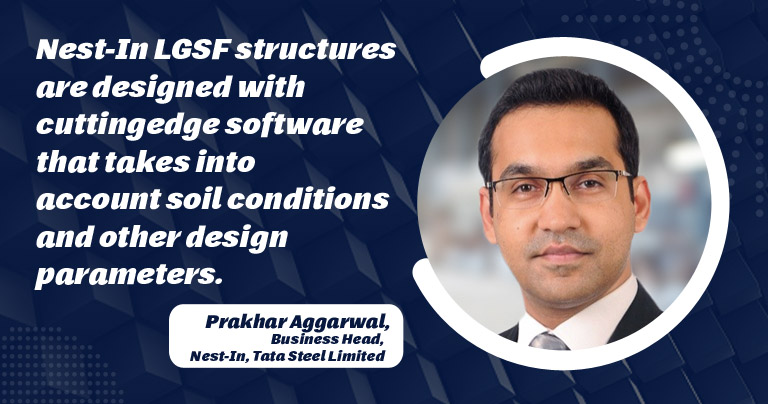
Nest-In LGSF structures are designed with cutting edge software that takes into account soil conditions and other design parameters.
As India is heading towards a smarter time and age, there is a need for newer, innovative, and faster construction solutions that will fuel this momentum, says Prakhar Aggarwal, Business Head, Nest-In Nest-In, Tata Steel Limited. Tata Steel Nest-In’s presence is felt across the nation through its range of steel-based modular construction solutions. Nest-In strives to provide complete turnkey solutions with a unique customer experience at its core. Nest-In today serves over 26states in India, offering a wide range of prefabricated solutions for industrial infrastructure, housing, sanitation, portable cabins, and lifestyle solutions. 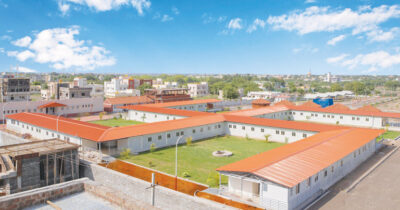
What are the innovative features of Tata Steel Nest-In solutions?
Nest-In, where convenience meets comfort, provides 2-3times faster construction when compared to RCC construction. It uses Light Gauge Steel Frames(LGSF) to construct its prefab solutions, which are aesthetically appealing and produced in temperature-controlled environment.
- NE studio: A range of premium prefabricated living solutions that enable you to create a premium living space for yourself with well-designed structures. It provides 10-15 per cent more carpet area in the same available space and is around 5–6 times lighter than conventional construction. NE studio is the ideal solution for creating your perfect cottage, farmhouse, and more. It is also an excellent choice for a rooftop solution where you can build your own office space, personal gym, extra room, living space, etc.
- Haines: A unique Light Gauge Steel Frame (LGSF)construction solution ideal for building offices, schools, Anganwadi buildings, colleges, hospitals, rest shelters, and more. Construction of up to G+3levels is possible with Haines. It is not just sturdy but hassle-free to maintain and is also best suited for disaster-prone areas.
- Moines: A range of portable cabins which come in customisable sizes and are designed to meet the fast-paced needs of the modern world. The cabins are easy-to-install and can be relocated.
- Sanitation solutions: Arrange of modular sanitation solutions, Smart Ezy Nest and Ezy Nest, contribute towards healthy living for individuals and communities. These modular toilets are thermally insulated and generate minimal construction waste, as large parts of the unit are recyclable.
How does the increased usage of steel encourage sustainability in construction?
Due to its versatility, steel is one of the most widely used construction materials. It provides strength and a high loading capacity. In addition to this, steel also reduces construction waste. Once the steel manufacturing process has been completed, it can be recycled continuously without losing quality. The following are some attributes of steel that improve sustainability when it is used in the construction sector:
- Steel is 100 per cent recyclable.
- Manufacturing technology in the steel industry is very advanced, allowing high usage of recycled content.
- The magnetic properties of steel simplify recycling since it can be easily separated from waste.
How do you contribute to green initiatives with your advanced range of solutions?
Concerns about global warming are growing, and people are becoming more aware of living sustainably. Tata Steel Nest-In, through its range of steel based modular construction solutions like NE studio, Haines, Moines, and sanitation solutions named Ezy Nest and Smart EzyNest fuel this momentum. These prefabricated solutions weigh 5–6times less when compared to brick-and mortar structures and use steel, which is100 per cent recyclable. They also offer environmental savings over a range of life cycle categories, including less use of freshwater and material resources.
Can you tell us the most notable projects completed recently?
Nest-In LGSF structures are designed using state-of-the-art software and consider soil conditions, seismic loads, wind forces, and other required parameters for design. Recently, we have constructed a hostel complex spanning14,000 sq. ft. and medical college campus with G+3 buildings spanning 2.5 lakh sq. for clients using the LGSF solution, HabiNest. The Government of Karnataka wanted to upgrade and modernise 150 industrial training institutes (ITI) in the state, improve the availability of resources with the advanced skills required for smart manufacturing in all the districts, and help embrace Industry 4.0 technologies smoothly. Nest-In, known for its quality and timely construction, got into action to construct 150 ITI Centres spanning11 lakh+ sq. ft. in 31 districts using a customised hybrid prefabricated solution within a record time of 6 months.
What is the future of modular construction in reducing, reusing, and recycling?
In the wake of rising concerns over the depletion of natural resources, the concept of green living is gaining immense popularity worldwide. Modular construction allows for substantially less material waste than RCC construction, as all the modules are constructed in factory-controlled environment. So, there’s a lower chance of making mistakes leading to demolition and rework since demolition is responsible for 90 per cent of all construction debris, and modular construction results in far less wasted material.
Cookie Consent
We use cookies to personalize your experience. By continuing to visit this website you agree to our Terms & Conditions, Privacy Policy and Cookie Policy.


